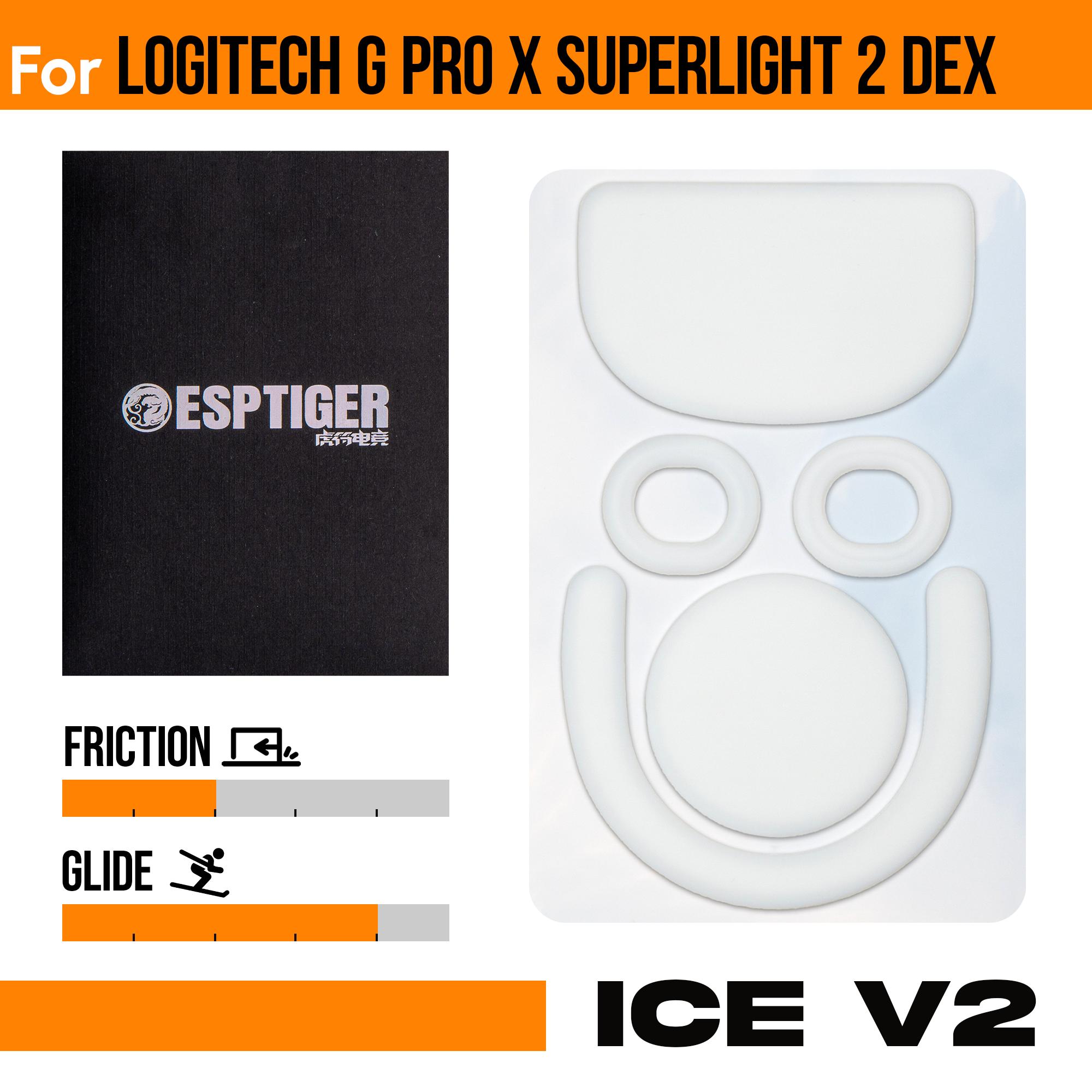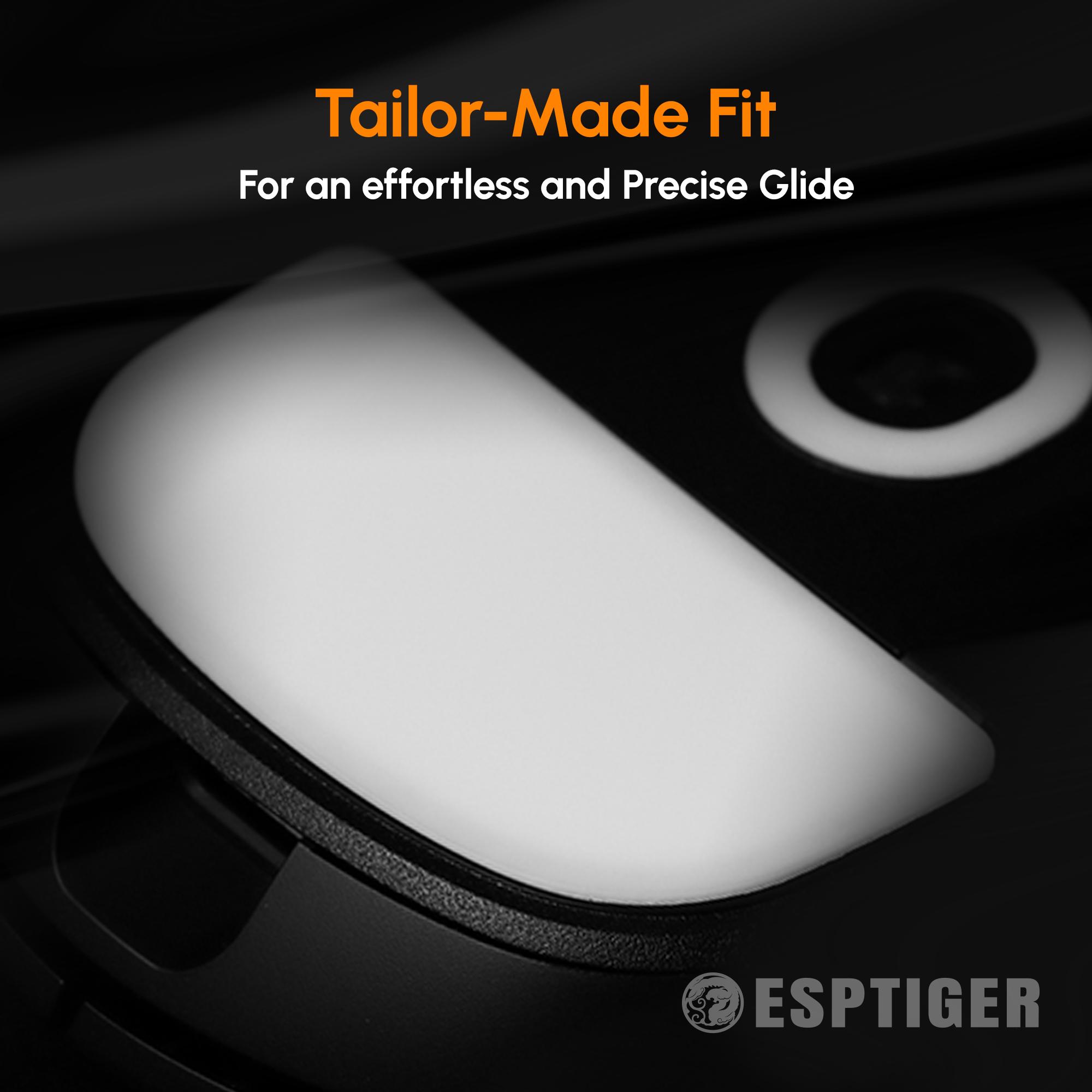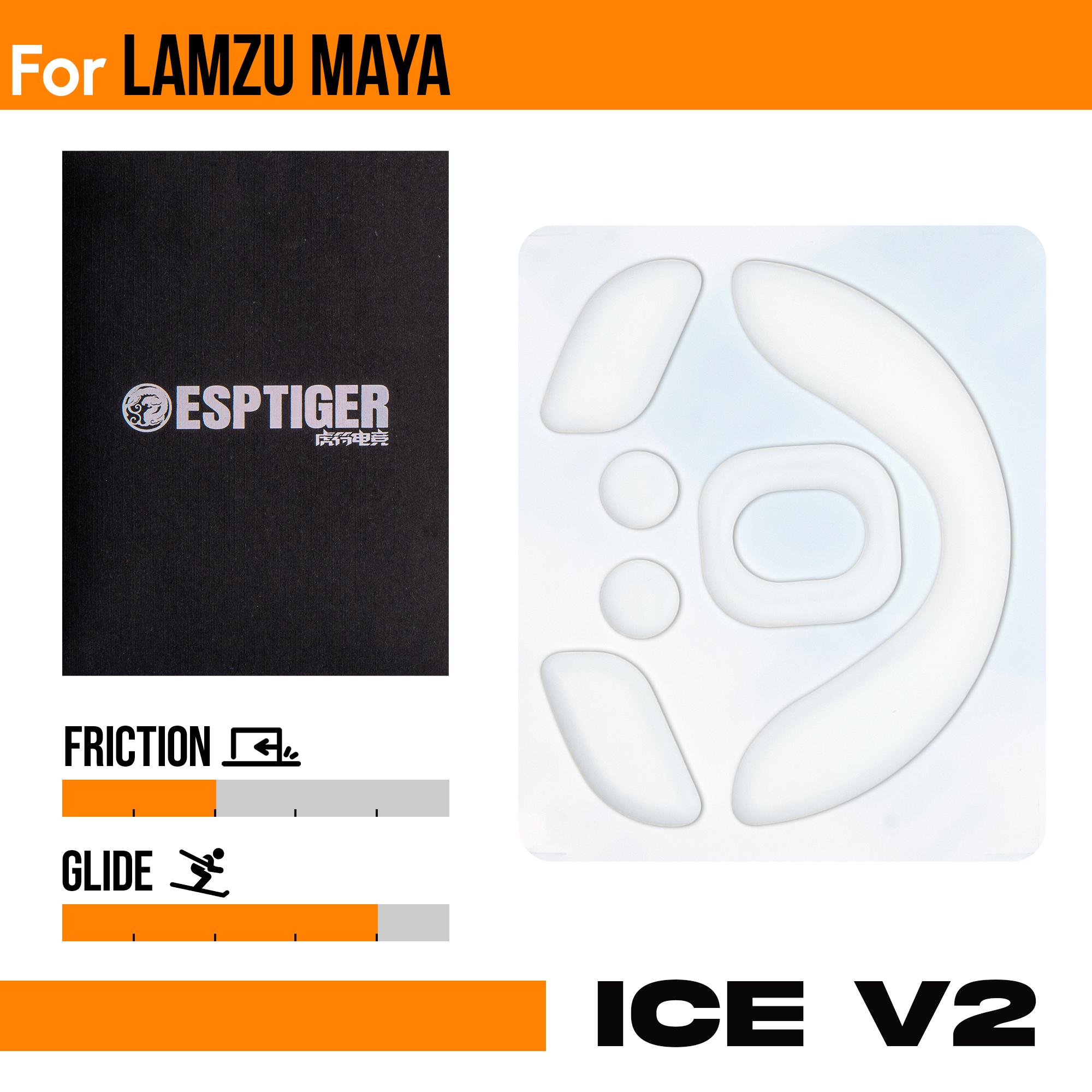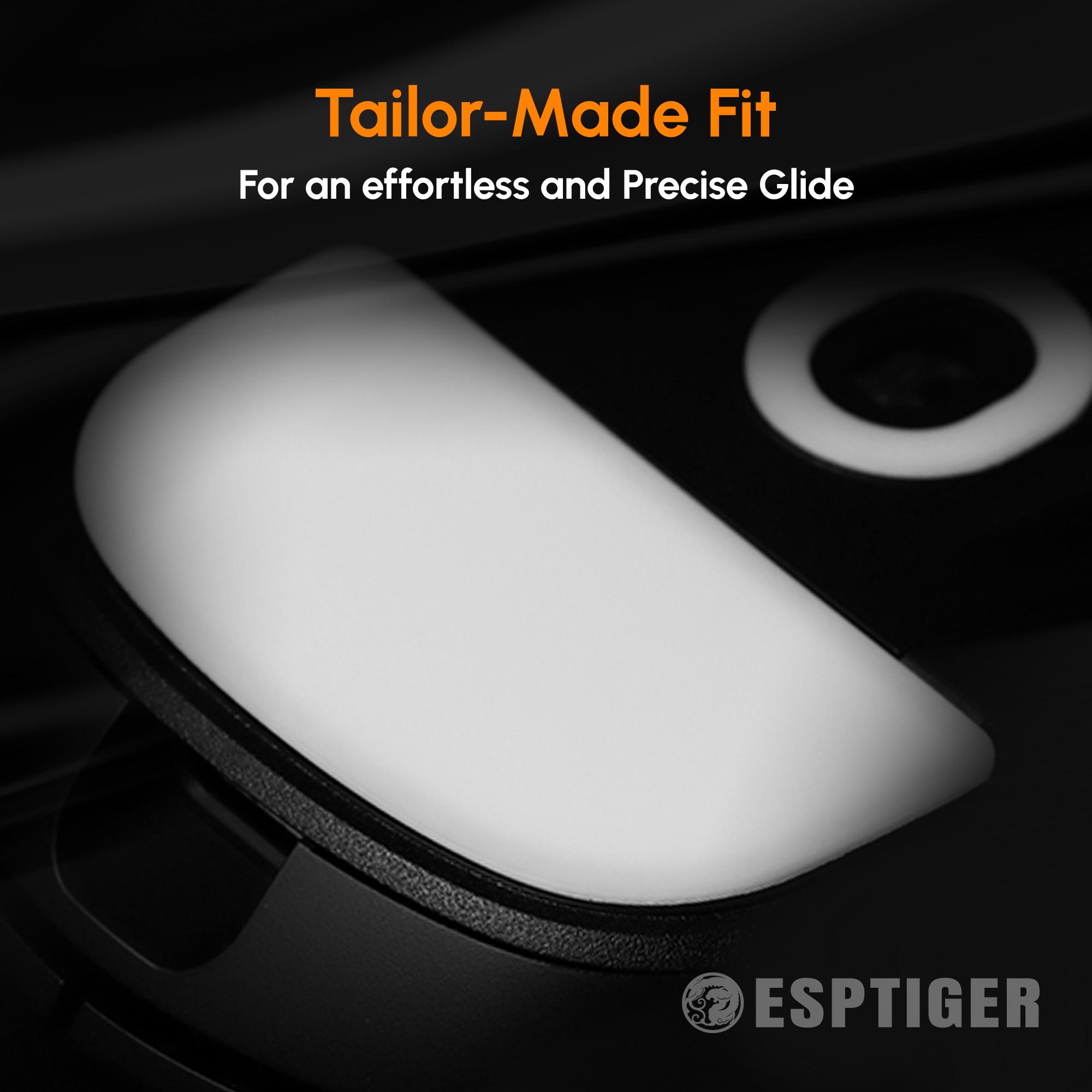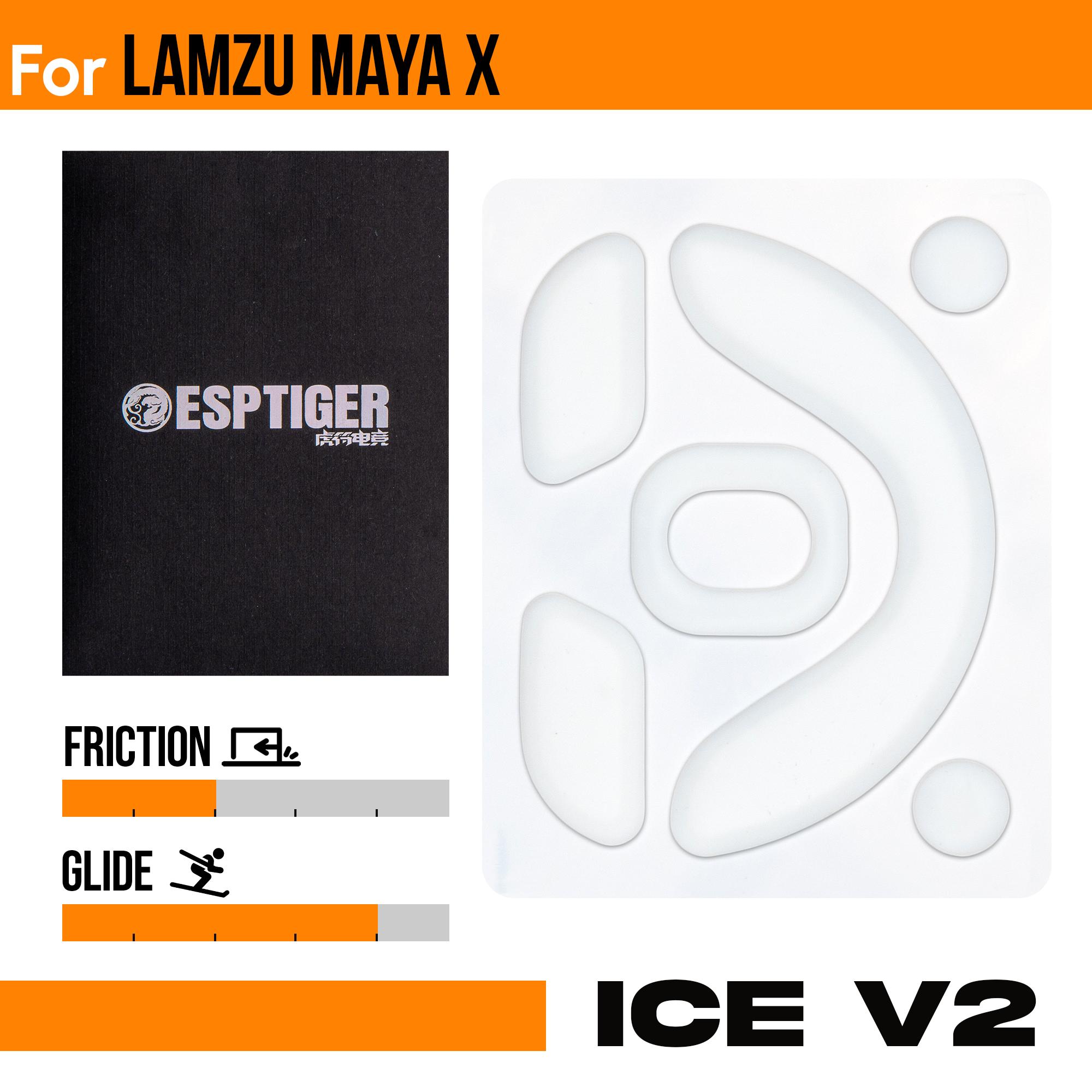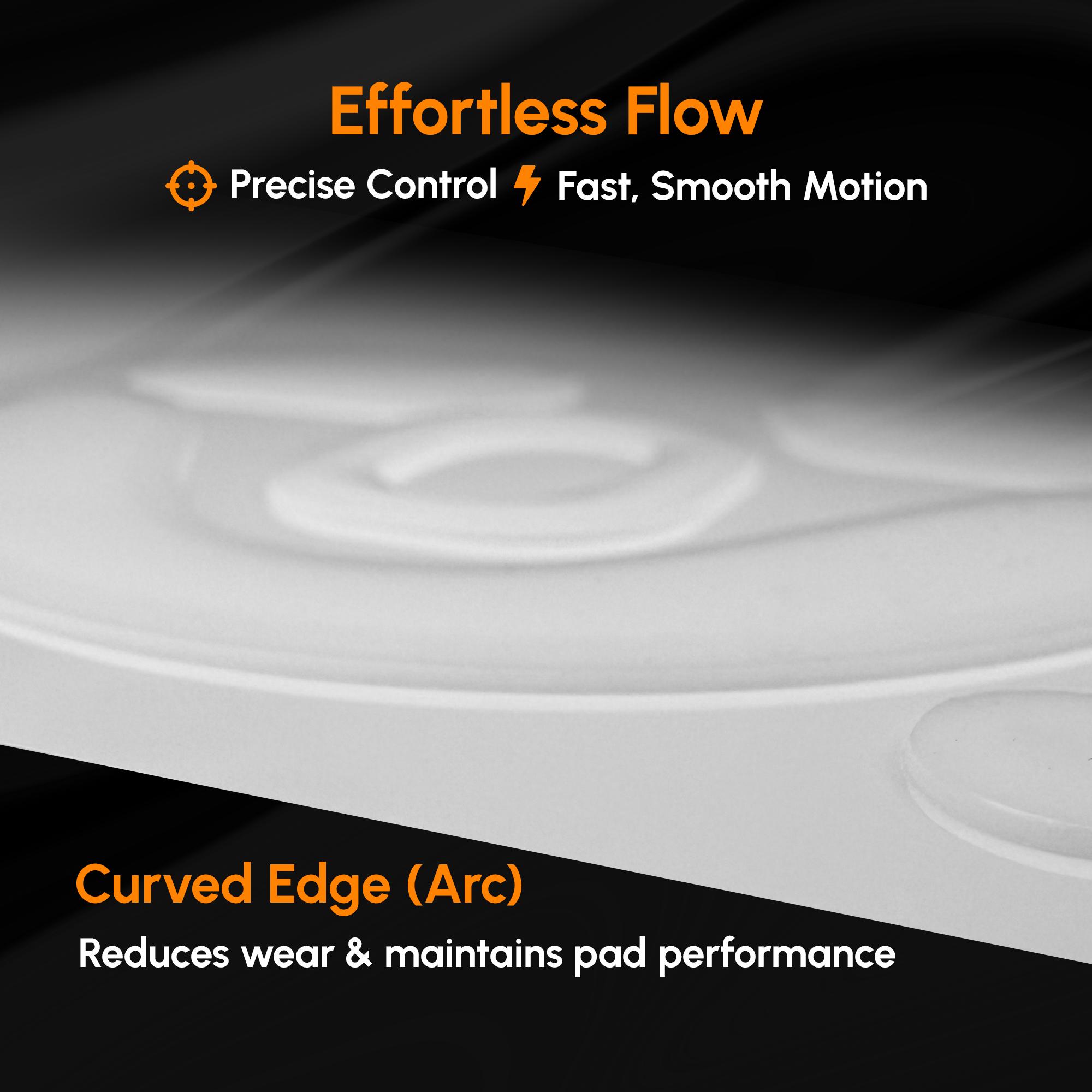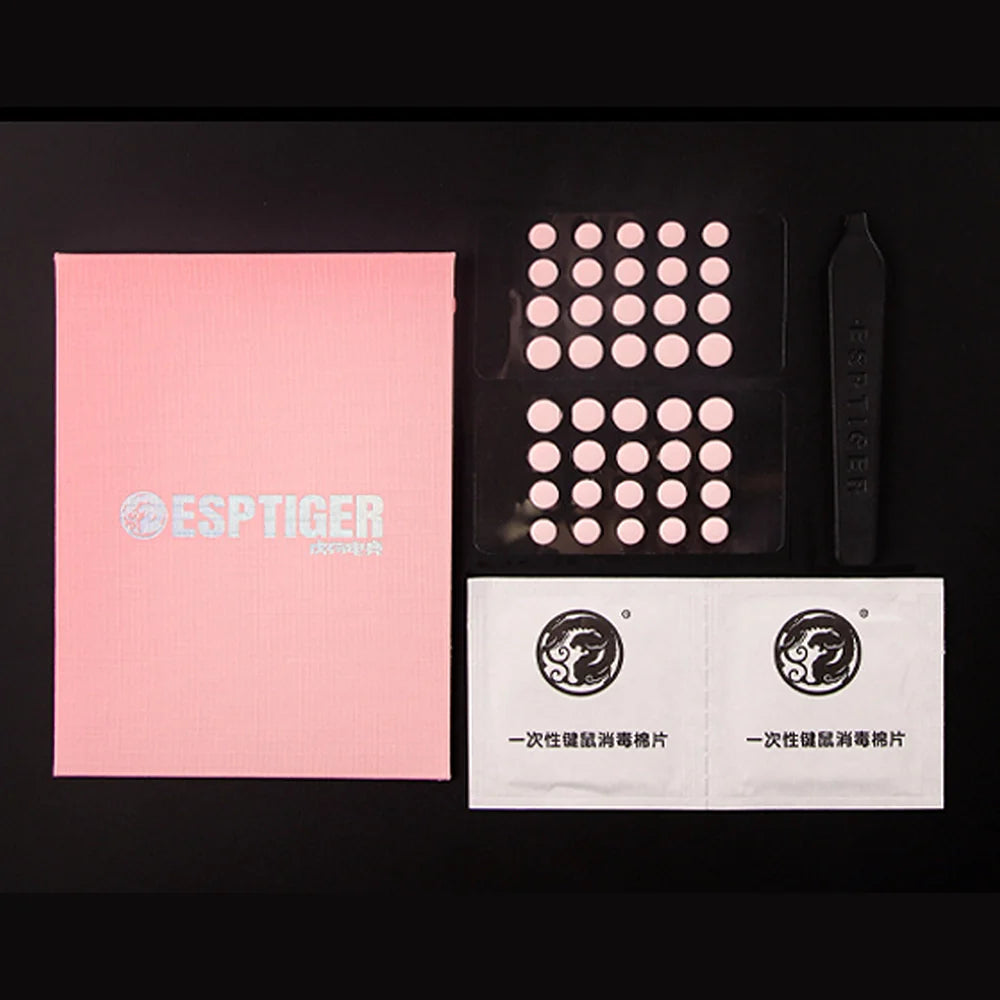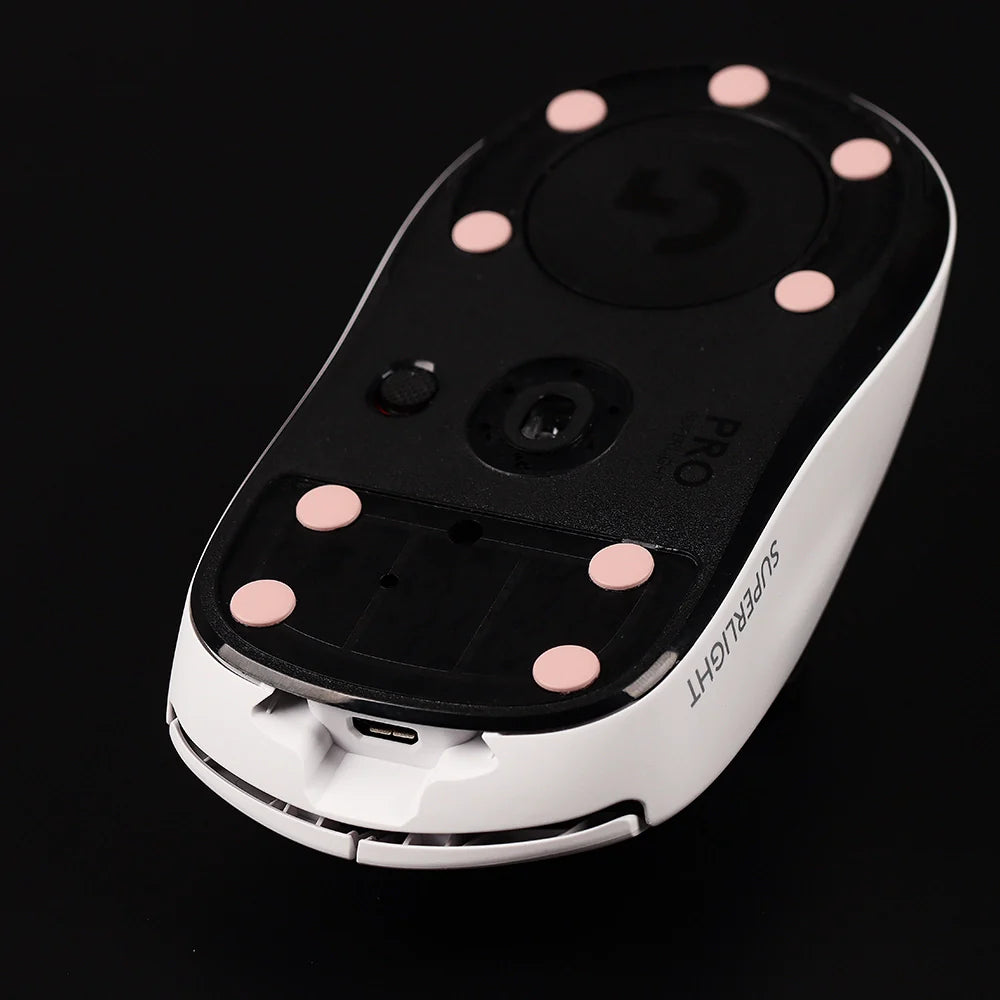Mouse pad cleaning is split into two sections based on the surface type—hard or cloth. While the methods are similar, they’re not exactly the same.
Important: Always check how a cleaner may affect your specific mouse pad. Some products can damage the surface or alter the pad’s friction characteristics.
Choose your cleaning products carefully. For example, sprays like Pledge Lemon Cleaner may clean well, but they can leave residue and temporarily change how the pad feels. Some users even use this intentionally to get a slicker surface, but the effect fades over time. Just be aware of how these changes may impact your experience.
Hard Pad
If you use a hard mouse pad, you're in luck—cleaning it is about as easy as it gets. You can use either cleaning wipes or a cleaning spray for the job. If using spray, apply it to a cloth first (preferably microfiber), then gently wipe the surface with light pressure. Finish by wiping away any residue with a dry microfiber cloth. Baby wipes are also a safe and effective option for quick cleanups.
Cloth Pad
Cloth mouse pads aren’t difficult to clean, but they do require a bit more effort. The quickest and easiest method is to use cleaning wipes—just make sure to choose ones that don’t leave behind fibers. This approach usually works well.
If you can’t find suitable wipes, you can use lukewarm water and a mild detergent instead. Gently scrub the pad using a soft brush or cloth to work the soapy water into the surface. Once it’s clean, rinse thoroughly to remove all soap residue.
Immediately dry the mouse pad with a microfiber cloth, then place it under a fan to air dry completely. Depending on your environment, this can take up to one or two days. Once the pad is fully dry, it's ready to use again!


